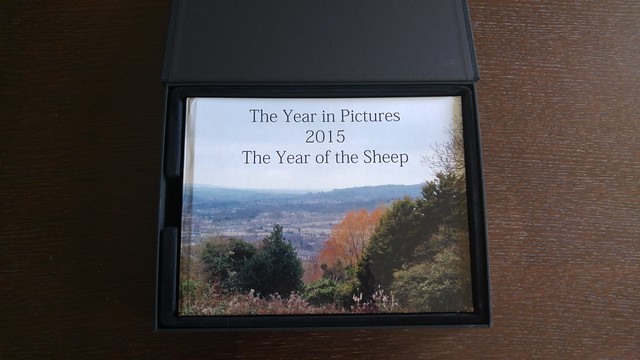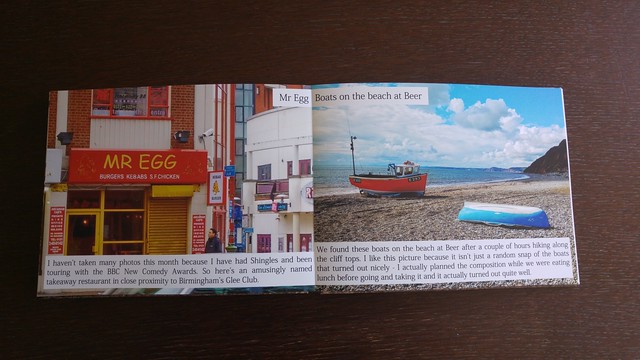Sometimes I just want to write a post on this blog to mark something that made me happy. This is one of those, so feel free to tune out if you're looking for something something data technology management leadership.
Anyone left? Cool.
For reasons that escape me, I was asked to show some of my photographs at a local exhibition of creativity and art. I have been a keen photographer for many years, but I've never really thought my pictures rise to any kind of display standard. However, others did not share that opinion so I was pushed into creating a display.
It went well!

And my photos of the whole event are here.
I actually got some really good comments. People loved the theme coming through the writeup and apparently some people got quite emotional when I wasn't there. In addition to the disease itself, the COVID lockdown has left some deep wounds and it does seem weird to me that, unlike other national emergencies (eg the war) we don't really talk about it much. Some of life has changed, some of life has reverted to as it was before. But in the main we're just carrying on. Certainly in my head unless I properly think about it, lockdown was ages ago now and something that happened over a couple of weeks. Clearly, that is absolutely not true, and I find it weird how keen we are collectively to put it to the side. Perhaps this is our way of collectively dealing with the trauma? It seems we should have a national memorial day or something?
Anyway, before this becomes a post about lockdown or COVID, just a few notes on how this was pulled together.
Obviously, the photos were taken years ago. They were part of a wider set (which was on the projector above, and is in the embedded carousel below) depicting light in the darkness of those times. This set is also on Flickr and that creates a slideshow which could be put up on screen. These pics were made into a book years ago, so I got one of the owners of that book (my parents) to pick their favourites and, after a spot of measuring and checking the DPI I calculated they would work at A3 size. Sadly, the local print store has shut down so after a spot of Googling, I took my flash drive to Ryman and was very pleasantly surprised that their photo printing is (to my amateur eye at least) really very good. If you are in Bath and need something printed well, you can do a lot worse!
One Flickr link, six pictures and a short write up combined to what you see above. I was really quite pleased with the outcome and makes me think I would like to do a bit more of this kind of thing. Of course that means I need to do some more creative work.
Since this blog is usually about the tech industry - I also met someone who is a developer looking at their future in the industry and gave them some sage advice (lol). Seriously, no idea if I said anything valuable or not, but I am always open to opportunities to help those coming through and give back. In fact, there is a post on this coming soon...
And to sign off - here is the full set of images from the display.










